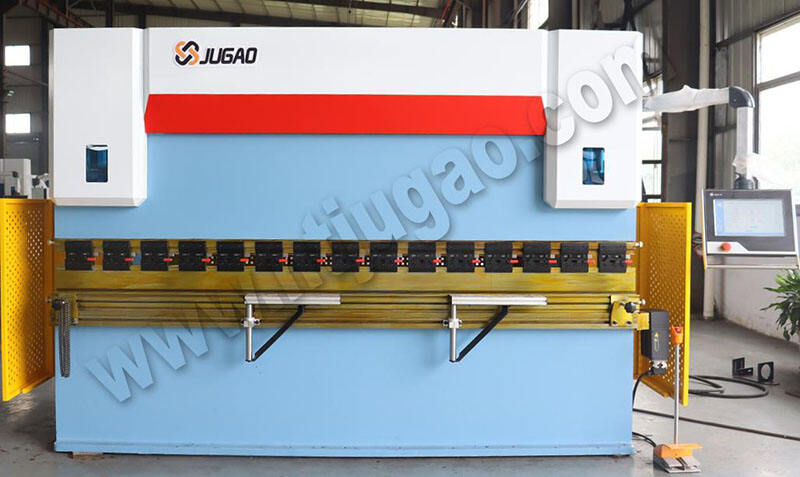Common faults and solutions of press brakes
Press brakes are a common metal processing equipment, often used to bend and form metal sheets. However, during use, press brake may have some common faults. This article will analyze these faults in depth and provide corresponding solutions, hoping to help the majority of users.
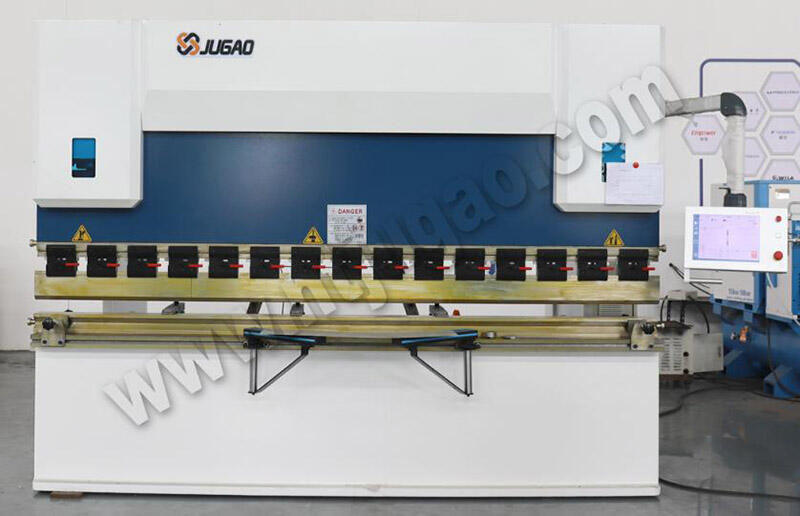
1. Possible causes of inaccurate bending angles:
The angle adjustment device of the press brake is damaged or unstable, and the operator operates improperly.
Solution:
First, check whether the angle adjustment device is damaged. If damaged, it should be replaced or repaired in time.
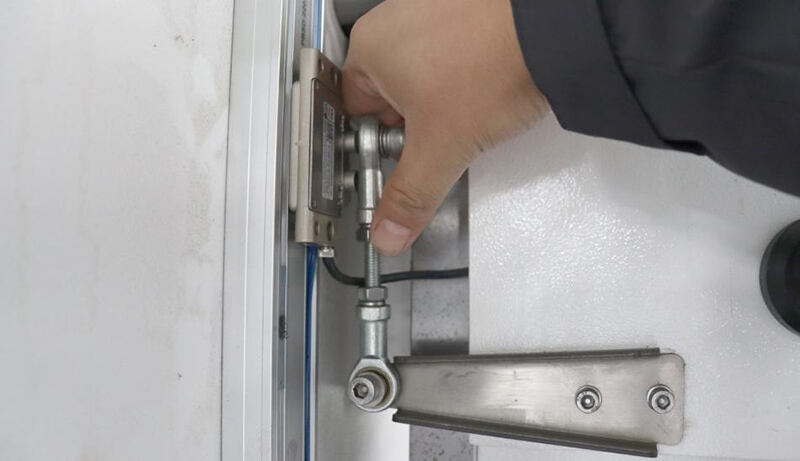
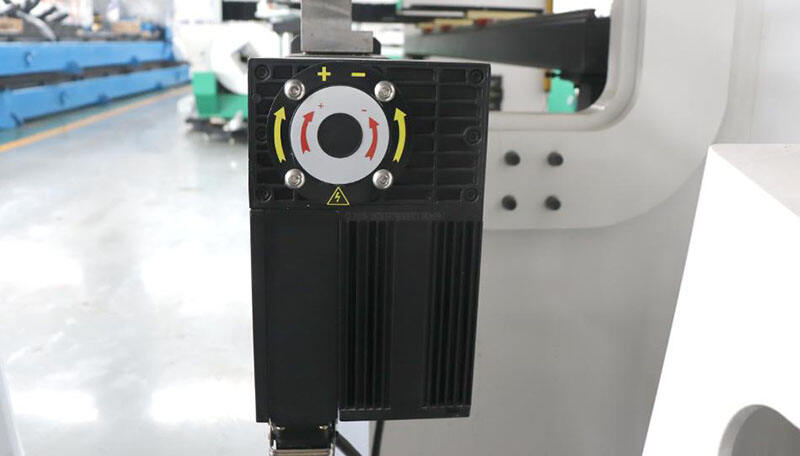
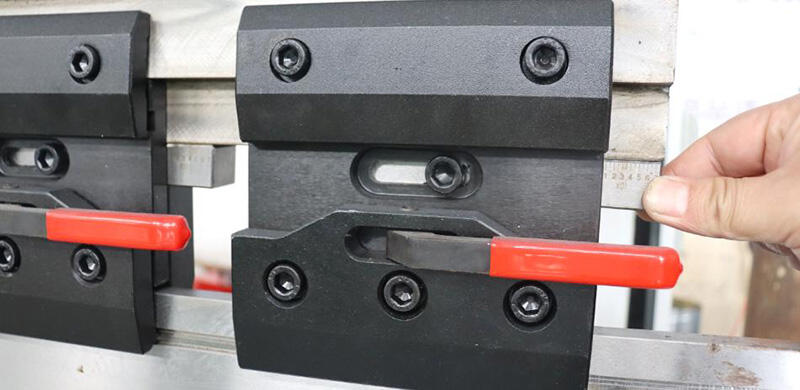
Second, the operator should be familiar with the use of the press brake to ensure accurate operation.
2. Possible causes of wrinkles after bending:
The upper and lower molds of the press brake are not symmetrical, the material is too thin or too hard, and the bending speed is too fast.
Solution:
First, adjust the symmetry of the upper and lower molds to ensure their flatness.
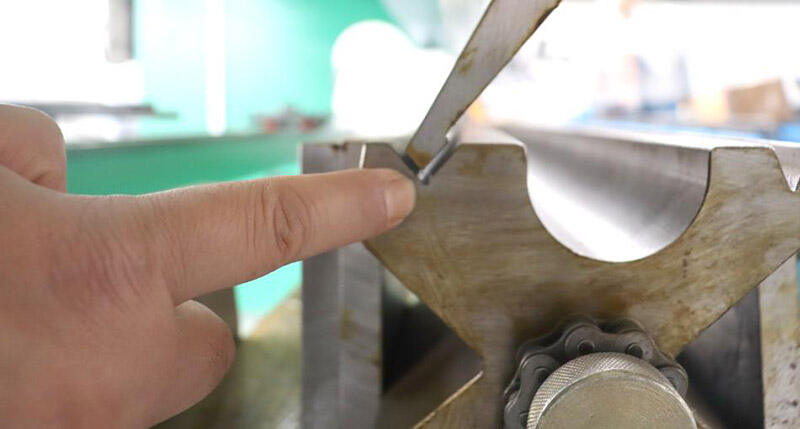
Second, for thinner or harder materials, you can increase the upper mold strength or reduce the bending speed to reduce the generation of wrinkles.
3. Possible reasons for abnormal noise or vibration of the press brake:
The base of the press brake is not stable, the upper die is not fixed firmly, and the mechanical parts are worn.
Solution:
First, check whether the base of the press brake is firm. If it is not firm, adjust or fix it.
Second, check whether the upper die is installed correctly and check whether the fastening bolts are loose.
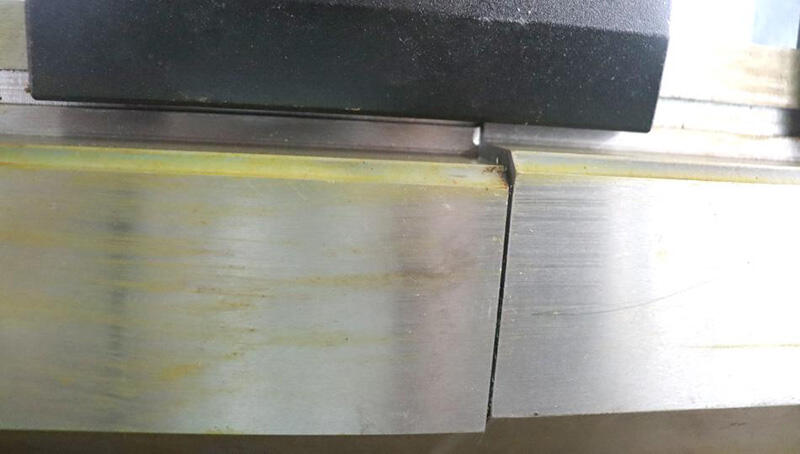
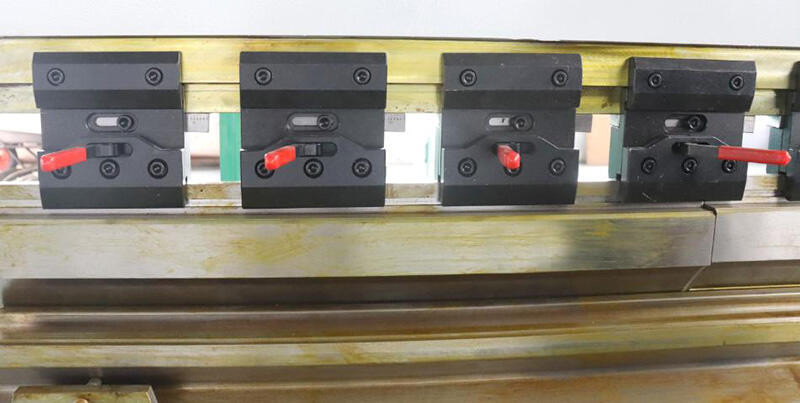
Finally, regularly inspect and maintain the mechanical parts, and replace them in time if they are worn.
4. Possible reasons for the press brake to fail to start or stop:
Poor contact of the power cord, damage to electrical components, and control system failure.
Solution:
First, check whether the power cord is in good contact. If there is a problem, it should be repaired or replaced.
Second, check the electrical components and replace them in time if they are damaged.
Finally, if there is a control system failure, professional technicians should be asked to repair it.
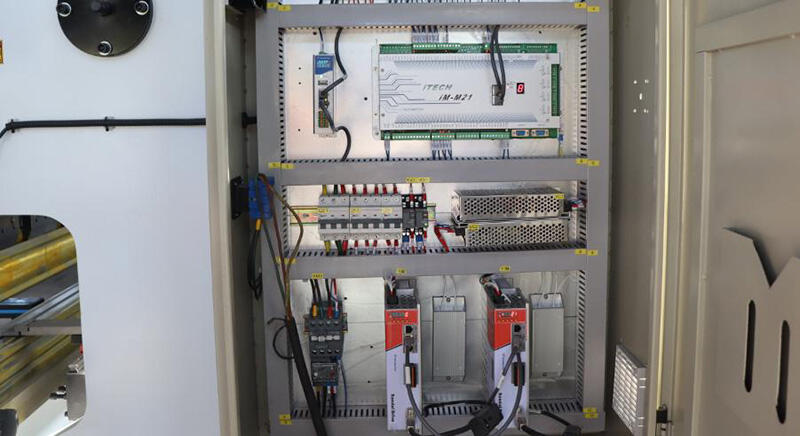
5. Possible reasons for insufficient or excessive pressure of the press brake:
Failure of the hydraulic system, insufficient or contaminated hydraulic oil, inaccurate pressure regulating valve.
Solution:
First, check whether the hydraulic system is working properly. If there is a failure, contact professional technicians for repair.
Secondly, check the quality and level of the hydraulic oil. If there is any problem, it should be replaced or added in time.
Finally, adjust the pressure regulating valve to ensure that the pressure of the press brake is within the specified range.
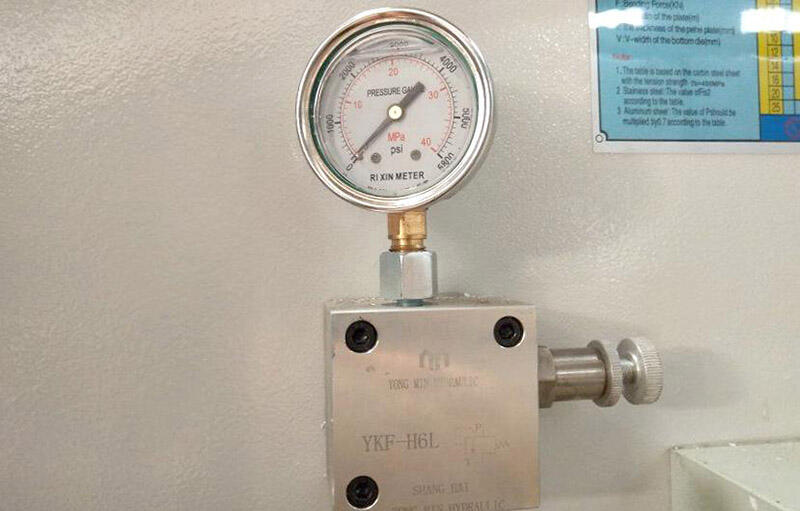
In summary, the common faults of the press brake mainly include inaccurate bending angle, wrinkles after bending, abnormal noise or vibration, inability to start or stop, and insufficient or excessive pressure.
For these faults, we can solve them by adjusting the angle adjustment device, symmetrically adjusting the mold, fixing the base, repairing electrical components, replacing hydraulic oil, and adjusting the pressure regulating valve.
For some more complex faults, professional technicians should be asked to repair them.
In daily use, the press brake should also be inspected and maintained regularly to ensure its normal operation and extend its service life.
